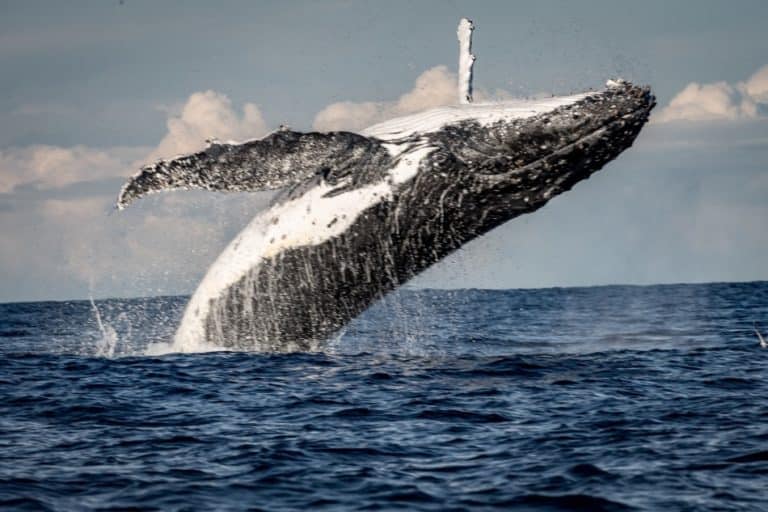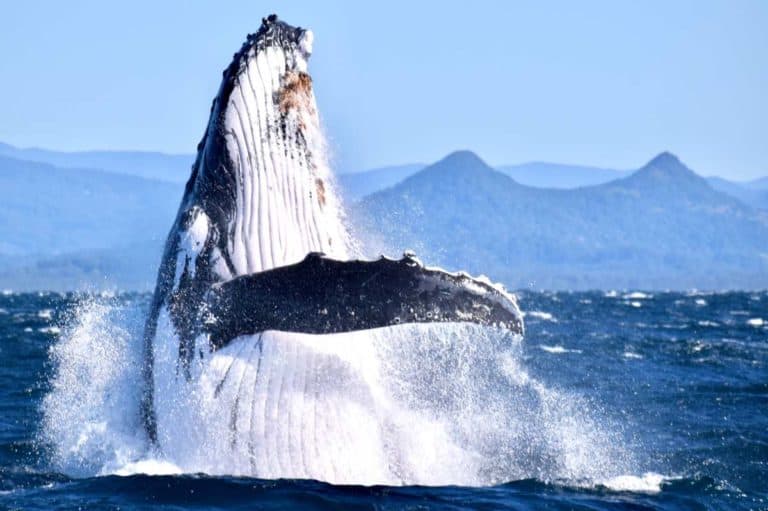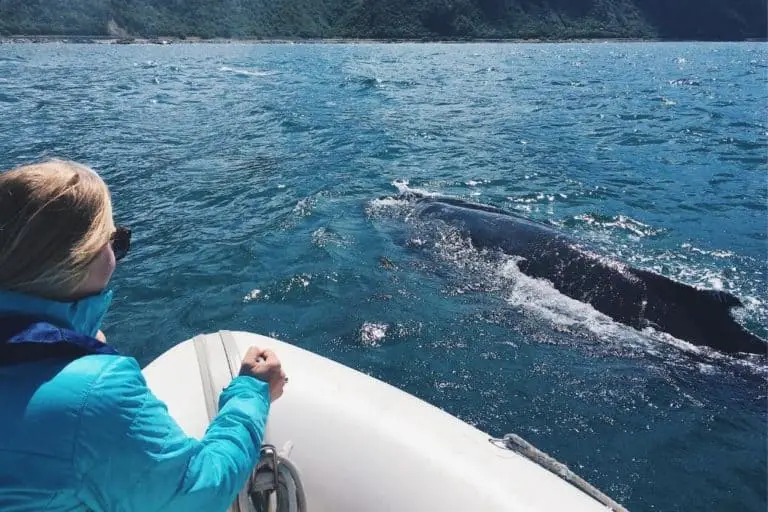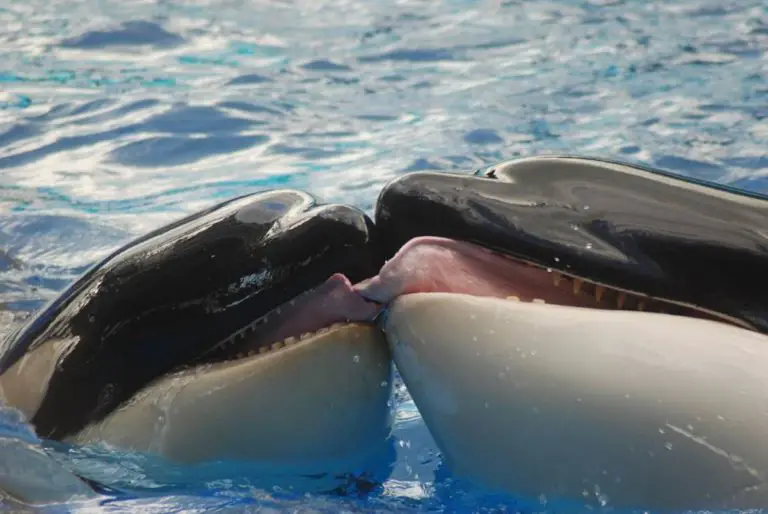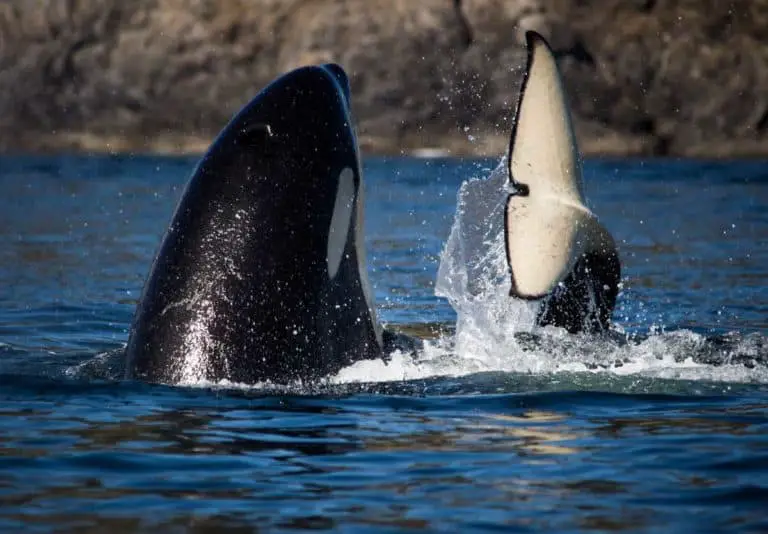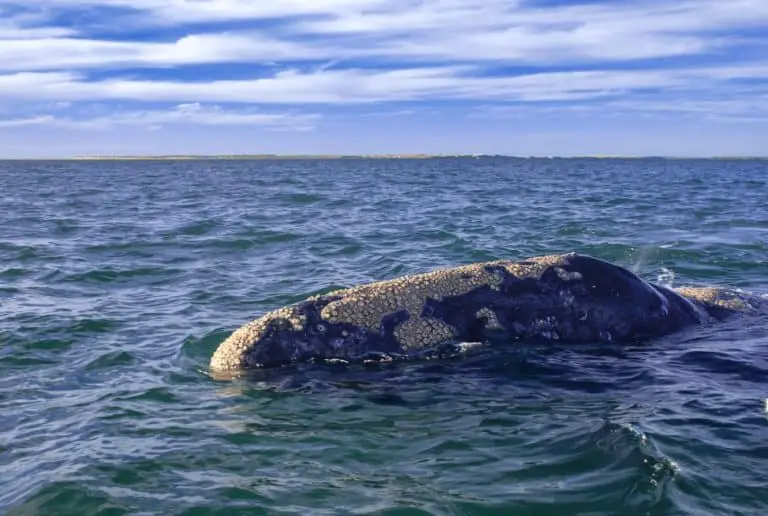Do Whales Travel in Pods? (The Fascinating Answer)
Whales are some of the most exciting creatures on the planet. These massive mammals can weigh up to 150 tons and measure over 100 feet in length.
They are also brilliant, communicating using a complex system of clicks and whistles. Given their size and intelligence, it’s no wonder that people often wonder whether whales travel in pods.
The answer, however, is not as straightforward as you might think. While some whale species do travel in pods, others are known to travel alone or in pairs.
Some theories suggest that whales form pods to exchange information and share migration routes, while others contend that proximity provides protection from predators.
There’s no doubt that whales are social creatures, and their fascinating behavior continues to captivate scientists and laymen alike.
What is a pod of whales, and how do they travel together
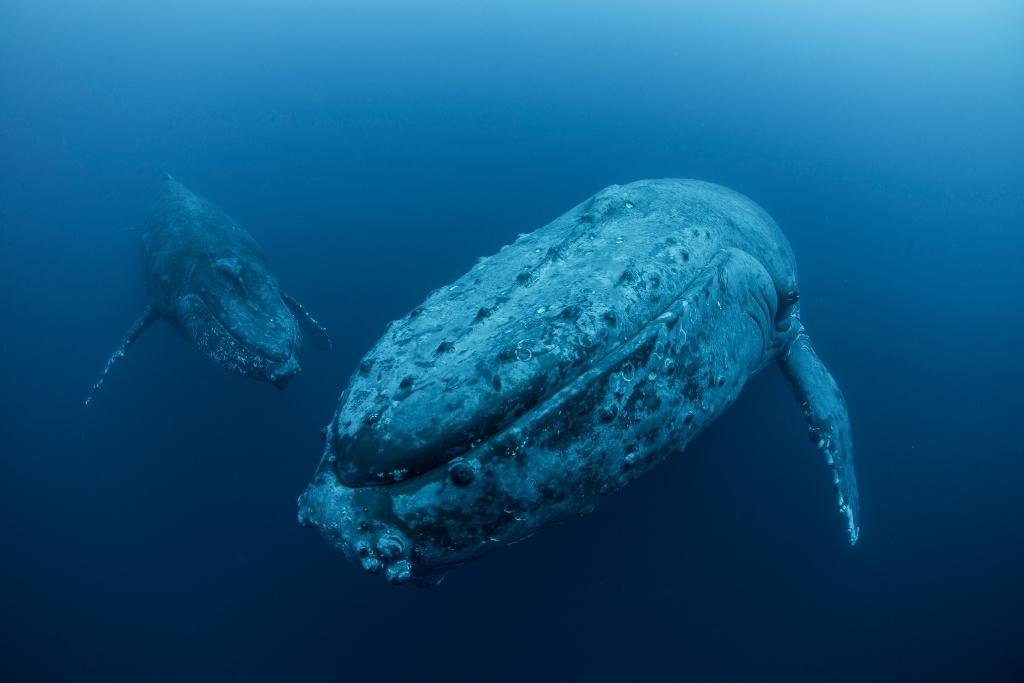
Picture a scene from the classic novel Moby Dick. A massive pod of whales swims through the ocean, their bodies working in unison to cover vast distances.
But what exactly is a pod of whales, and how do these enormous creatures travel together?
A pod of whales is simply a group of whales that travel together. Usually, pods are made up of related whales, such as mothers and their calves or siblings.
However, pods can also be formed by unrelated individuals who have chosen to travel together for safety or other reasons.
Whales use various communication methods, which helps them stay together as a group.
For example, they may produce sounds that help Echo-locate other pod members or use body language to signal their intentions.
By working together, pods of whales can migrate long distances, care for their young, and defend themselves from predators.
The benefits of traveling in pods
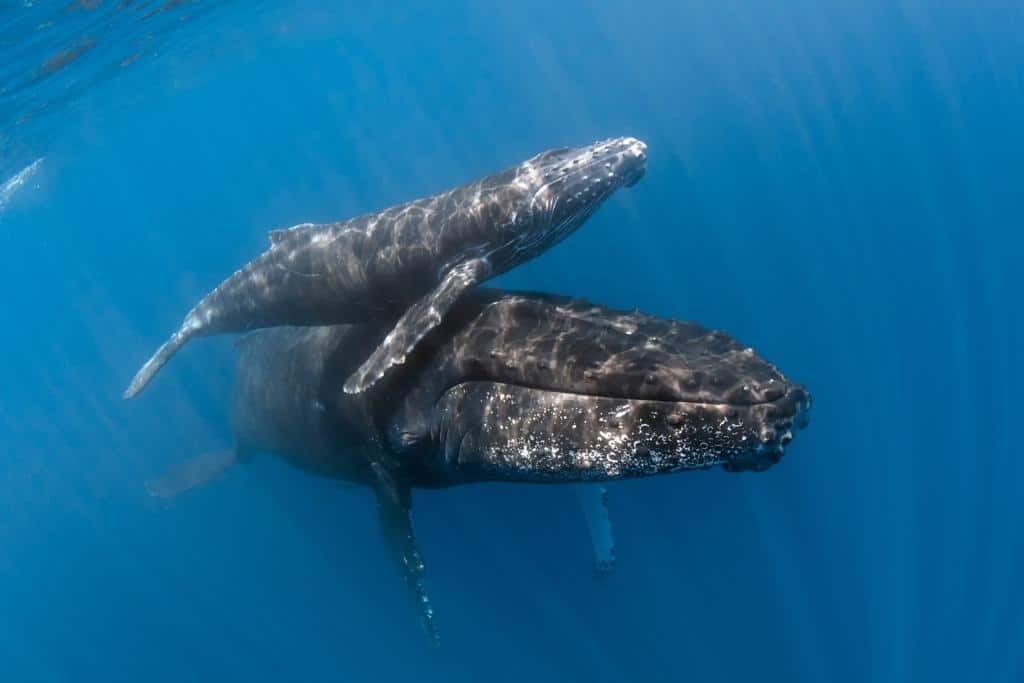
For one, pods provide safety in numbers. Some predators target whales, and by being in a group, whales can better protect themselves.
Pods offer opportunities for socialization and collaboration.
Whales communicate with each other using a complex system of sounds, and being in a group allows them to share information and work together to find food or care for the young.
Pods give whales the chance to form lifelong bonds. These bonds are essential for emotional support and survival; research has shown that whales traveling alone are more likely to become stranded or die prematurely.
How climate change is affecting the way whales travel
These days, even whales are feeling the effects of climate change. As the oceans warm, whale Migration patterns are shifting, and some species are venturing into new territory.
- In some cases, this can lead to confrontations with local residents who are not used to seeing whales in their waters.
- In other cases, it can mean that whales are competing with humans for food resources.
As the climate continues to change, we will likely see more and more instances of whales straying from their traditional migration routes.
FAQ:
Do all whales swim in pods?
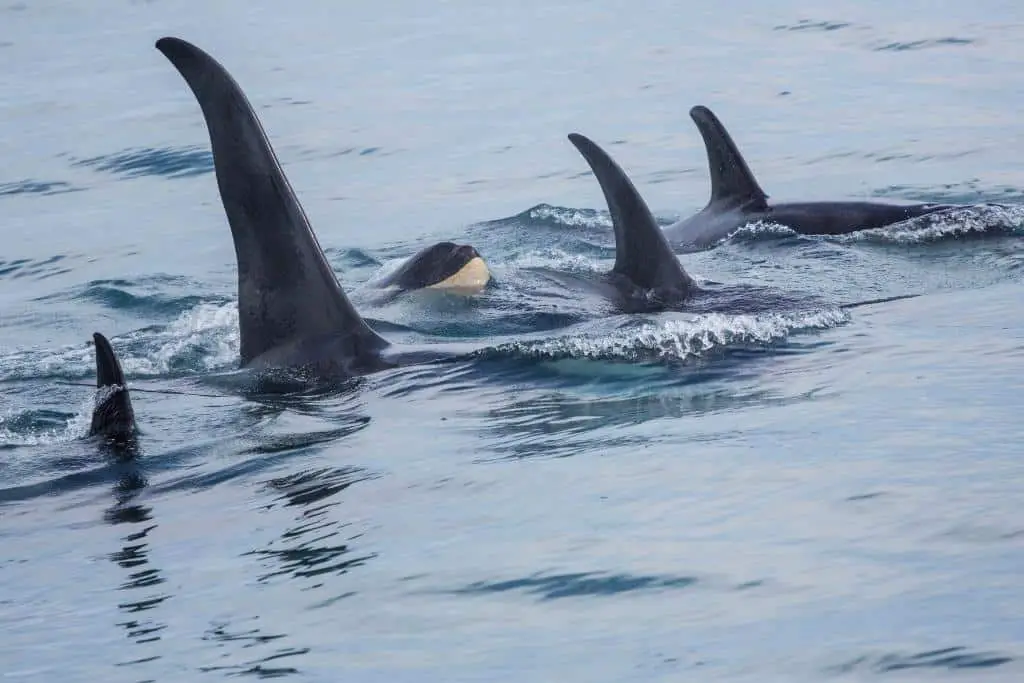
No, not all whales swim in pods. In fact, most whales are lone swimmers and prefer to remain solitary. Only a few whale species will form temporary pods when feeding or migrating.
Examples of these pod-forming species include sperm whales, killer whales, and pilot whales. So while it’s undoubtedly true that some whales swim in groups, it’s not accurate to say that all whale species do so.
How many whales are usually in a pod?
The number of whales in a pod can vary depending on the species.
For example, killer whales typically travel in pods of around 30/60 individuals, while humpback whale pods usually have 2-3 members.
However, there have been cases where pods can have over 20 members!
So, generally speaking, the number of whales in a pod can be anywhere from 2 to 100 individuals.
| Type of Whale | Pod Numbers | Behavior |
|---|---|---|
| Humpback Whales | Travel in pods of 2/3 members | Occasionally larger Group |
| Blue Whales | Generally Solitary | Form groups of two or three for Food |
| Gray Whales | Often Travel Alone | Temporary Alliances for Food |
| Sperm Whales | Travel in pods of 15 to 20 animals | |
| Right Whales | Typically don’t form pods | |
| Beluga Whales | Travel in pods of 2 to 25 individuals | |
| Killer Whales (Dolphin) | Travel in pods ranging from 30 to 60 members |
Do Humpback whales travel in pods?
Humpback whales are typically found in pods of two to three animals, although larger groups have occasionally been observed.
These majestic creatures are known for their distinctive appearance and beautiful singing voices, which can often be heard echoing through the ocean waters.
Humpback whale pods are typically made up of related animals, including mothers and their calves.
The close-knit bonds between these individuals are thought to play an essential role in their survival. Pod members often work together to corral prey, protect vulnerable members, and defend against predators.
Despite their size and power, humpback whales remain at risk from several threats, including entanglement in fishing gear, ship strikes, and habitat loss.
Do Blue whales travel in pods?
While blue whales are generally solitary creatures, they will sometimes come together in groups of two or three when there is an abundance of food.
These temporary alliances usually dissolve once the food source has been depleted. In other words, blue whales are not above teaming up with their rivals to survive, but only when necessary.
Do Gray whales travel in pods?
Gray whales often travel alone, but sometimes they do Group together.
Gray whales are migratory animals, and they swim long distances in search of food during their migration.
They usually travel in small pods of two to four whales, but sometimes they will gather in groups of up to 20. Their migration patterns vary each year depending on the availability of food.
Do Beluga whales travel in pods?
Beluga whales are incredibly social creatures and typically travel in pods of 2 to 25 individuals. These groups often stay together for extended periods and even form bonds that last a lifetime.
The close association between belugas is likely because they are very vocal animals and use a variety of clicking, chirping, and whistling noises to communicate with one another.
This form of communication is thought to play a vital role in forming and maintaining relationships within beluga pods.
Do Killer whales travel in pods?
Killer whales, or orcas, are highly social creatures that live in pods. These pods range from 30 to 60 members and often contain multiple generations of killer whales.
The close relationships between the pod members are thought to be necessary for their survival.
Pods help killer whales find food as they work together to hunt and feed on large prey. Pods also offer protection from predators and other dangers.
Orcas have few natural predators but can sometimes fall victim to attacks by other killer whale pods. By traveling in a group, orcas can better defend themselves against these threats.
The structure of a killer whale pod is complex and fascinating. The pods are led by older, more experienced females.
Do Sperm whales travel in pods?
Sperm whales travel in pods of 15 to 20 animals. They are social animals and depend on one another for protection and feeding.
The pod is the basic social unit for sperm whales. They use sonar to communicate with one another, and when they are threatened, they will form a circle around their young to protect them.
Sperm whales hunt cooperatively, swimming in formation to herd fish into a smaller area where they can be more easily captured.
Do Right whales travel in pods?
Though they may be seen traveling close to other right whales, they typically don’t form pods like some other whale species.
Resources:
